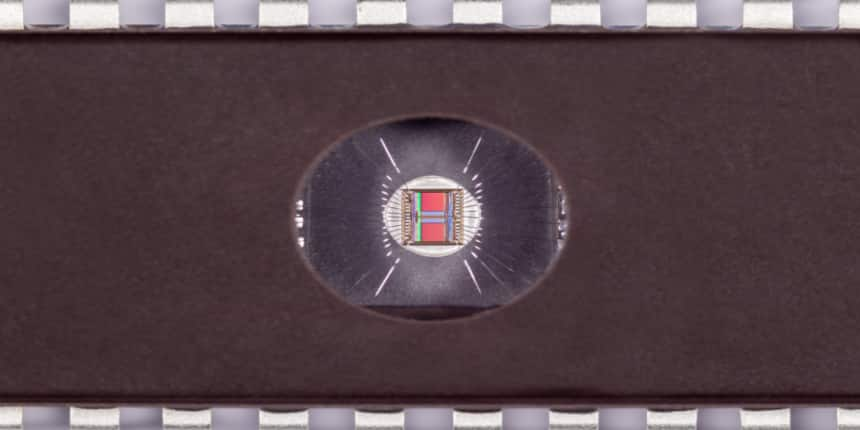PROM EPROM EEPROM Full Form
What is the full form of PROM EPROM EEPROM?
There are many important components attached to a modern computer. One of these essential components is memory storage. The two main types of memory in devices are random access memory (RAM) and read-only memory (ROM). The ROM is further classified into three types: PROM, EPROM and EEPROM.
PROM is a computer memory chip that can be programmed only once it is created.
EPROM is a computer memory that can be written and erased through UV light; changes can be made without changing anything.
EEPROM is a computer chip that can be reprogrammed and erased repeatedly with the help of electricity.
- What is the full form of PROM EPROM EEPROM?
- Following is the full form of these:
- Development Of PROM EPROM EEPROM
- Objective Of PROM EPROM EEPROM

Following is the full form of these:
PROM - Programmable Read-Only Memory
EPROM - Erasable Programmable Read-Only Memory
EEPROM - Electrically Erasable Programmable Read-Only Memory
Development Of PROM EPROM EEPROM
Sir Wen Tsing Chow developed PROM in 1952. He was born in Taiyuan, China, near the Mongolian border in 1919.
Sir Dov Frohman developed EPROM in 1971. He is an Israeli Electrical Engineer and Business Executive born in 1939. After that, he became a former vice president of an intel corporation.
Sir George Perlegos developed EEPROM in 1978. He is a Greek-American computer scientist and engineer. He was born in 1950.
Objective Of PROM EPROM EEPROM
PROM:
It is a type of ROM.
Programs, data and information are stored permanently in this memory.
The programs present in it behave like ROM, but it can’t change once programmed.
It is used in digital electronic devices to store permanent data.
EPROM:
In this memory, the information is permanently stored in the memory.
Ultraviolet rays can also erase this memory. Ultraviolet rays are used on this memory for about 15 minutes.
This memory is also called UV EPROM.
This type of memory is used by some microcontrollers such as Intel 8048, Freescale 68HC11, PIC microcontroller (C version) etc.
EEPROM:
It is a type of ROM.
This memory is erased by electrical signals (Electric plus).
It is usually used to store small amounts of data in computing and other electronic devices.